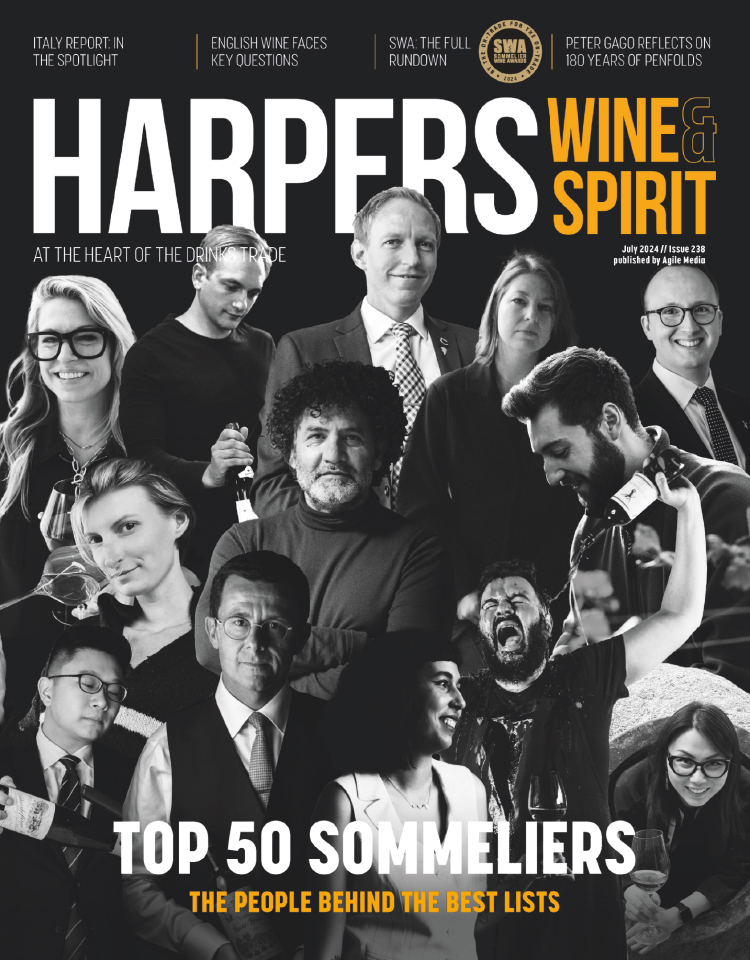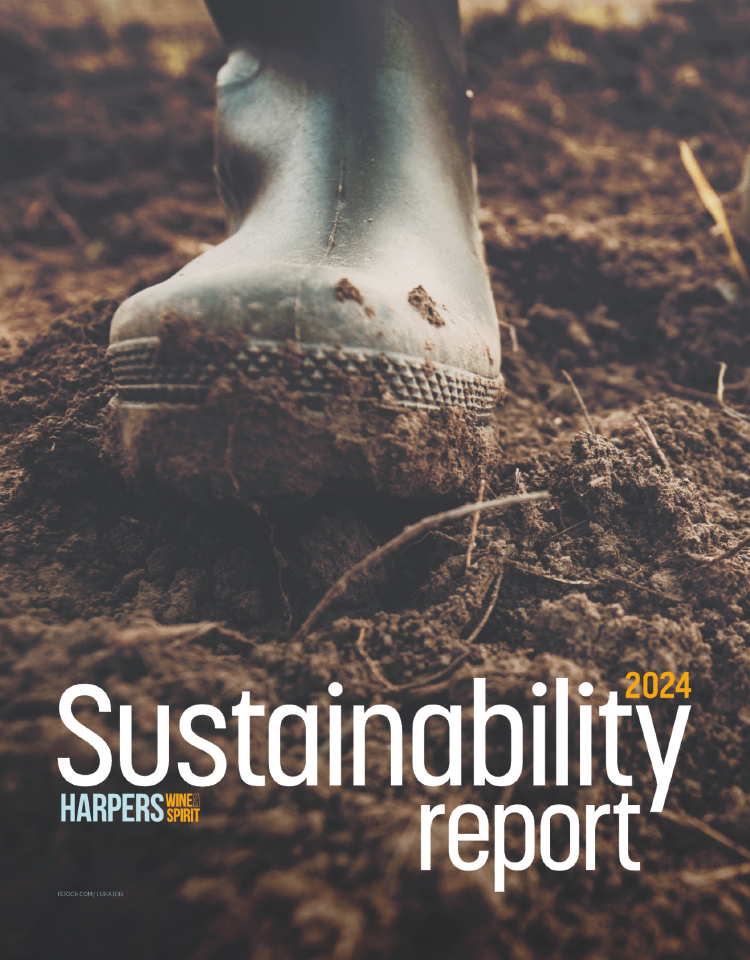
What makes a wine list? Beatrice Bessi, Chiltern Firehouse
In a new online series, Harpers is going back to basics with members of hospitality to find out exactly what is the secret sauce that makes a modern wine list successful.
We continue our series with Beatrice Bessi, head sommelier, Chiltern Firehouse.
In your opinion, what are the three main things which make a good wine list in 2023?
- A price for everyone! Affordable wine at top quality, small less-known producers.
- Classic regions side-by-side with new upcoming ones. Your guests should be able to find their comfort zone wines and if they trust you, you should also have options for them to explore new wines and regions!
- Attention to trends and willingness to keep the wine super dynamic: organic and/or biodynamic, low alcohol, skin contac, etc – whichever you believe fits your idea of your wine list.
Wine lists are essentially the supermarket aisles of a restaurant. In your opinion, what is the best way to approach organisation and design? How do diners ‘browse’? Are there any elements of psychology which should be considered?
The design of a wine list needs to reflect the style of the restaurant you are in, as well as the guest’s demands and the personality of the sommelier team. I don’t think there is an exact balanced recipe, but it is an amazing feeling when you can see that your ‘recipe’ is appreciated from your guests.
I believe guests browse the wine list with different approaches. One would be by price point, others would be either by region or by grape variety. The last one is the ‘surprise me’ approach, where customers are happy for you to pick up any wine you think is the best for them.
I believe also that at present, you can find amazing wine lists that do not follow some of these principles, but that doesn’t mean they aren’t effective. The vision of the head sommelier makes the final style.
What are the ‘must include’ categories or sections and what are optional? Must certain categories / styles go in certain places?
I don’t believe there are 100% must-have categories. It all depends on the vision and the place where the wine is listed, as well as the style of the food and location. I believe of course, there are classic approaches and options versus alternatives. It is all down to the expression of the sommelier team.
How have wine lists changed over the past few years, particularly with regard to Covid?
A lot of wine lists had to shrink down for one year or so during Covid. We all had to deal with lack of staff, revenue issues, lack of packaging and issues with importing, while being patient. I feel the majority of us have bounced back to have long term plans for our wine lists, also increasing the bin numbers.
There is unfortunately a big challenge in the increase of prices in a lot of classic wine regions, so that has pushed some wine lists to different approaches and better value regions. We are all still dealing with this every day.






